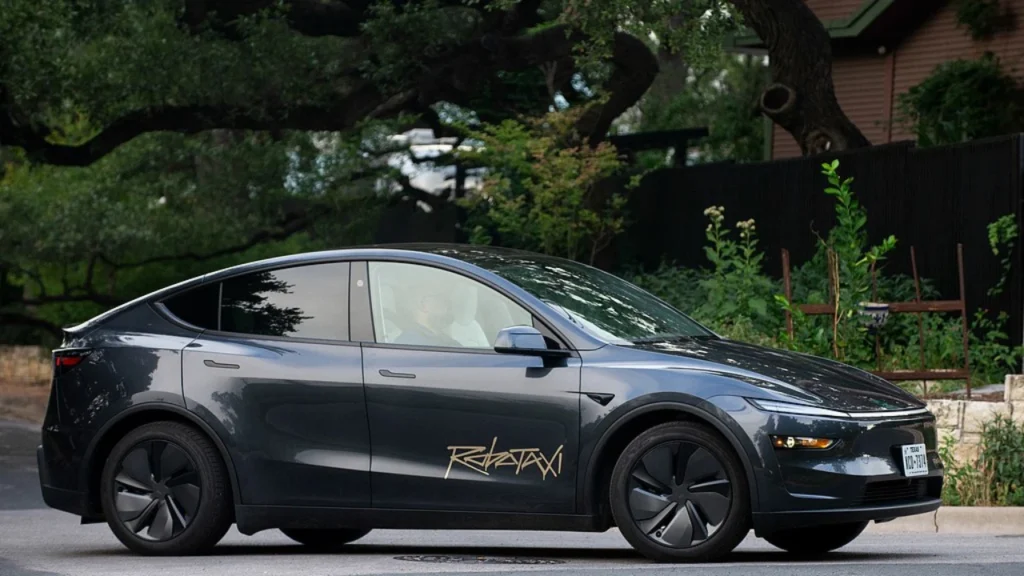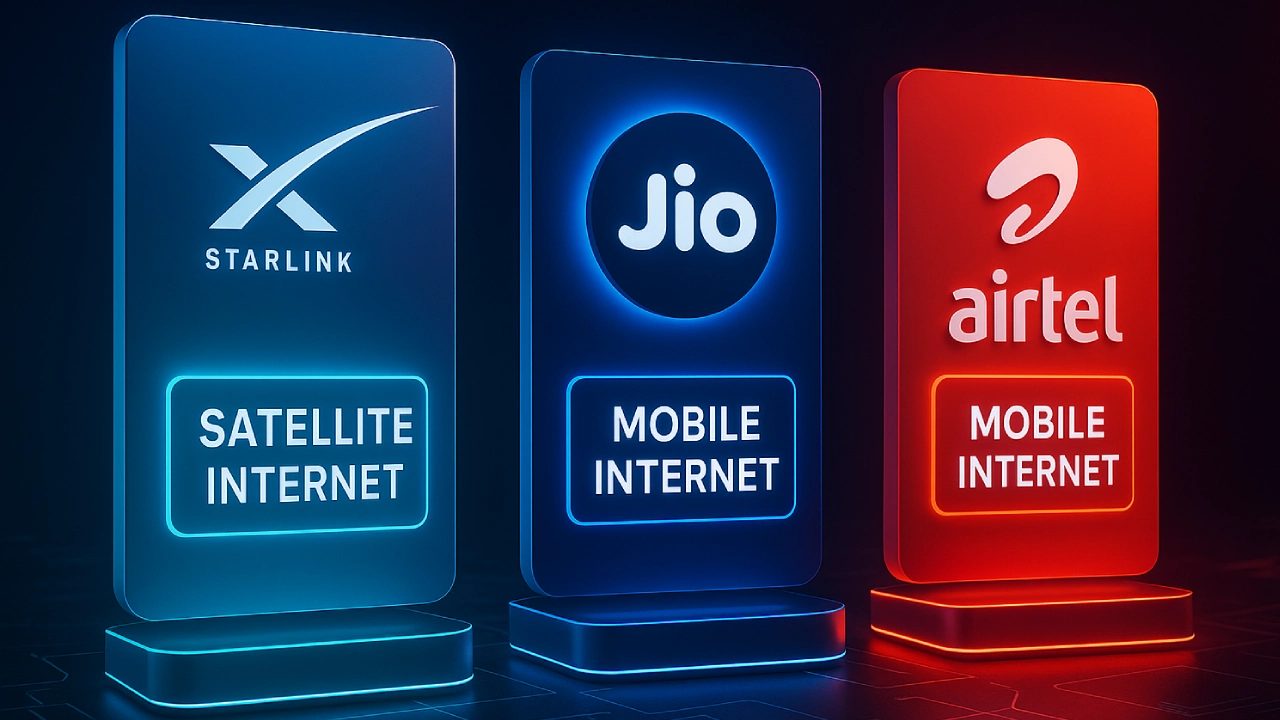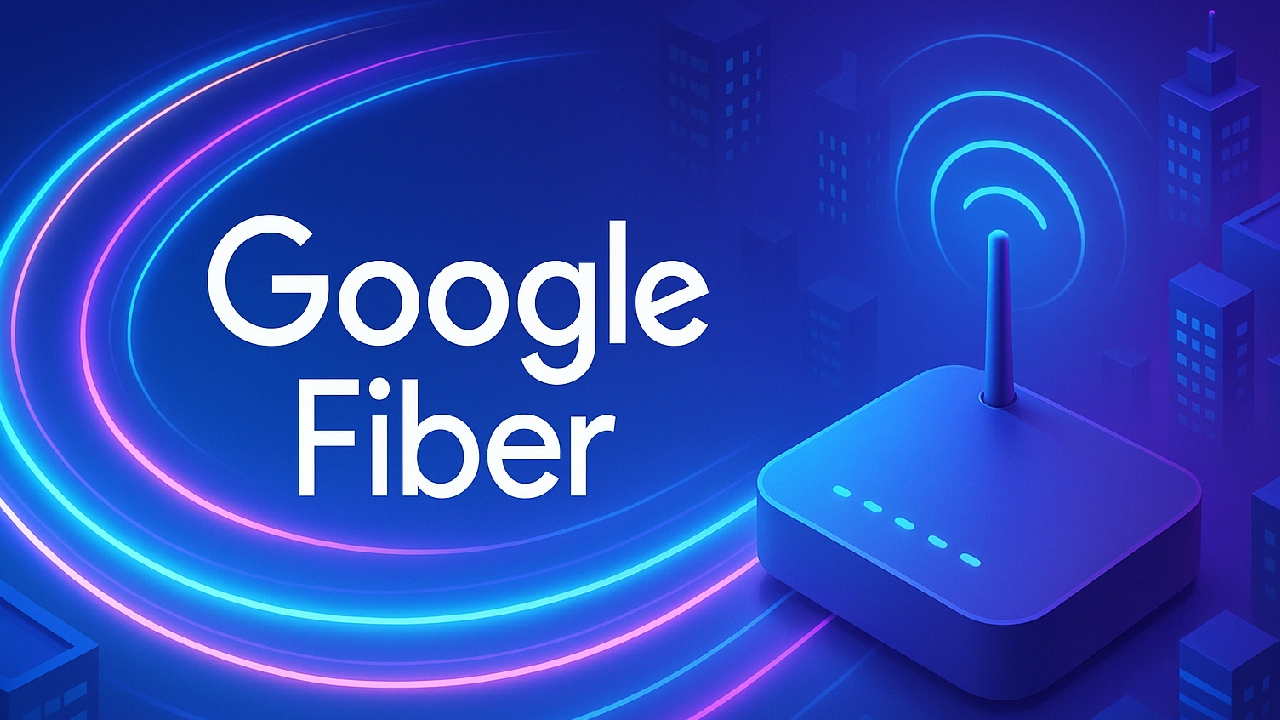In a landmark moment for the future of transportation, Tesla has officially launched its fully autonomous Tesla Robotaxi service in Austin. This isn’t a test in a lab or a flashy demo — real riders are now cruising around the city in Tesla vehicles with no one behind the wheel.
Let’s break down what makes this rollout a big deal — and what’s still ahead.
Why Tesla Robotaxi Launch Is Making Headlines
Tesla’s entry into driverless ride-hailing isn’t just another tech announcement. It represents:
- The culmination of over a decade of work led by Elon Musk.
- A direct challenge to Uber and Lyft, potentially rewriting how we commute.
- A significant leap forward in AI-powered transportation.
And most importantly — it’s finally happening on real roads, not in simulations.
How the Tesla Robotaxi Works in Austin
Tesla kicked off its Robotaxi program quietly in Austin this week. Here’s what’s known so far:
- Who’s Riding?
A select group of social media influencers and Tesla enthusiasts are the first riders. - Where’s It Operating?
Within a geofenced area of Austin, from 6 AM to midnight. - How Much Does It Cost?
A symbolic flat rate of $4.20 per ride. - What’s Under the Hood?
The fleet consists of modified Tesla Model Ys powered by Tesla’s own AI chip and in-house Full Self-Driving software.

Built on Tesla In-House AI Stack
What sets Tesla apart from other AV players?
- No external partnerships.
Tesla controls the entire tech stack — from hardware to software. - Dojo AI Supercomputer.
The Robotaxi is likely powered by insights from Tesla’s Dojo, a custom-built training supercomputer. - Constant updates.
Tesla’s vehicles receive over-the-air improvements, meaning they get smarter with time.
Challenges Tesla Still Faces
While the launch is a major milestone, the journey isn’t without speed bumps:
- Regulatory Approval:
Not all states will welcome driverless cars without human oversight. - Public Trust:
Many people are still wary of handing over full control to machines. - Weather & Edge Cases:
Tesla’s AI still needs to prove itself in unpredictable conditions like heavy rain or construction zones.
What This Means for the Future
Tesla’s Robotaxi may still be in its early stages, but the potential is enormous:
- Massive disruption of the ride-hailing market
- Lower transportation costs for consumers
- Reduced emissions, especially when paired with renewable energy
- A step closer to Elon Musk’s long-promised autonomous network
If successful, this could change not just how we ride, but how cities are planned Public trust is another hurdle. Surveys still show that a large portion of the population is hesitant to get into a driverless car, especially without human oversight. Tesla’s ability to build consumer confidence — through transparency, safety data, and consistent performance — will be critical to Robotaxi’s long-term success.
What Comes Next?
Tesla hasn’t said when the service might expand beyond Austin, but Elon Musk has previously indicated that a nationwide rollout of Tesla Robotaxis is the end goal. There’s also speculation that Tesla could eventually integrate the service into the Tesla app, allowing non-Tesla owners to hail rides on demand — much like Uber or Lyft.
The implications are massive. With Robotaxis, Tesla could disrupt the $100B ride-hailing industry, offer drastically lower costs per mile, reduce traffic-related emissions, and unlock entirely new business models around autonomous mobility-as-a-service.
Final Thoughts: Ready or Not, the Robotaxi Era Has Begun
With Robotaxis now live on public roads, Tesla is no longer just promising the future — it’s driving it. The Austin pilot may be small, but it represents a massive leap forward not only for Tesla but for the entire automotive industry.
Whether you’re excited, skeptical, or somewhere in between, one thing’s clear: the age of autonomous driving is no longer a concept. It’s here, and it’s charging up in a Tesla.







